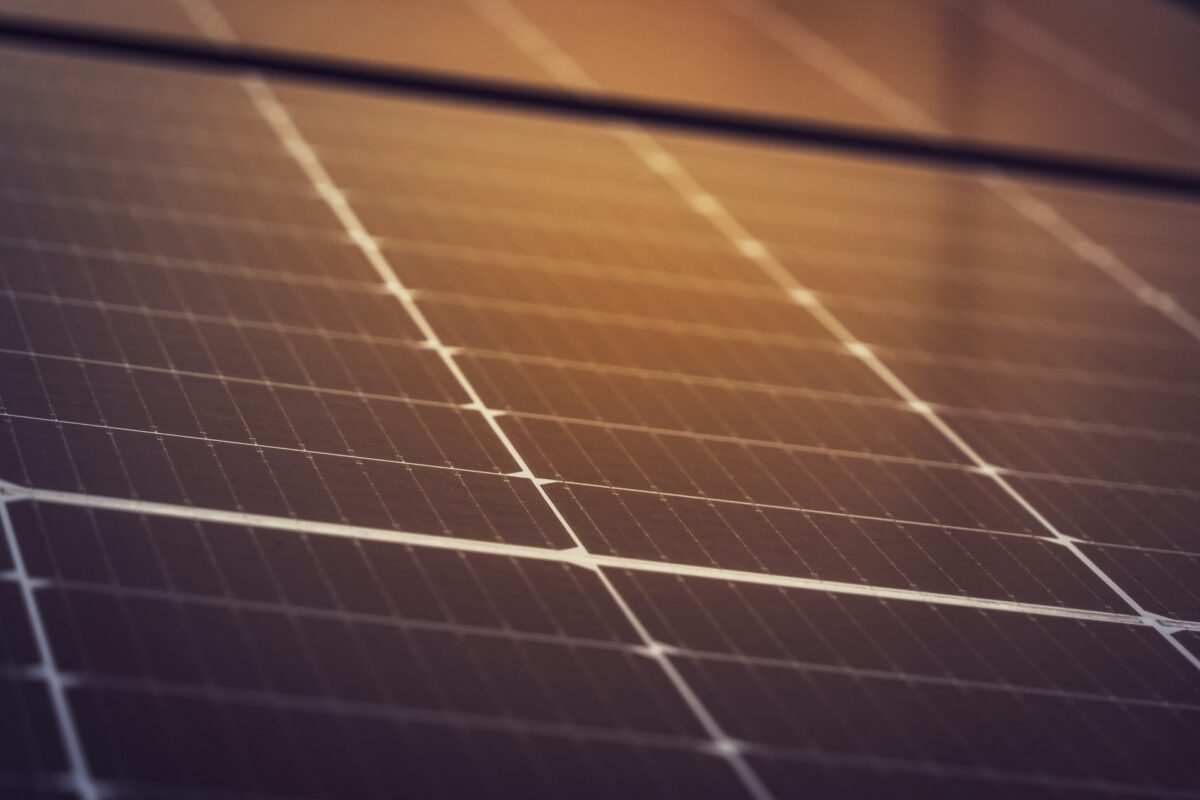DNV has found Solcast’s historical data and irradiance methodology to be bankable and “at or above industry standards for satellite irradiance data.”
The Norway-based company reviewed the bankability of Solcast’s satellite-derived irradiance data across 207 sites – 53 of which were considered the highest quality.
The initial phase of validation was conducted ahead of DNV acquiring Solcast in early 2023.
The study showed a mean bias for global horizontal irradiance (GHI) across all sites of +0.33%, with a standard deviation of ±2.47%. Data for the highest quality measurement sites had a mean bias of +0.05% and a standard deviation of ±2.05%.
“Solcast data is suitable for use to accurately predict project energy yield in energy assessment and for use in energy assessment for project financing purposes,” states a report on the results. “The Solcast bias is considered low and there are limited variations between different regions and climatic zones for both GHI and DNI (direct normal irradiance).”
DNV said the study “emphasises the importance of measurement calibration, cleaning and metadata for achieving high-quality reference data.” It added that “lower bias and standard deviation for GHI data in sites with high-quality measurements suggest that good quality satellite irradiance data has similar uncertainty compared to on-site measurements.”
Popular content
Lucy Craig, vice president and director of growth for DNV, said that the energy transition calls for data that is “purpose-made and validated for applications” in the PV sector.
“This study has tested Solcast data to that level,” she added. “We're excited to see the new and innovative ways this data will continue to be used by the industry.”
Solcast uses live satellite imagery, global weather data and machine learning to generate more than 600 million data values per hour. It provides this information to more than 60,000 users throughout the world for the planning, operation and management of over 250 GW of global solar assets.
In its most recent analysis, shared in pv magazine last week, Solcast revealed that 2023 was the best year of this century for irradiance, with large regions 10% or more above long-term trends for solar radiation.
“This is a large and robust study. We’re proud that the findings are consistent with what our staff and customers find for themselves,” said Solcast CEO James Luffman. “As the energy transition accelerates, access to multiple sources of granular and bankable data is a key enabler for developers, financiers and technology platforms serving the industry.”
This content is protected by copyright and may not be reused. If you want to cooperate with us and would like to reuse some of our content, please contact: editors@pv-magazine.com.


By submitting this form you agree to pv magazine using your data for the purposes of publishing your comment.
Your personal data will only be disclosed or otherwise transmitted to third parties for the purposes of spam filtering or if this is necessary for technical maintenance of the website. Any other transfer to third parties will not take place unless this is justified on the basis of applicable data protection regulations or if pv magazine is legally obliged to do so.
You may revoke this consent at any time with effect for the future, in which case your personal data will be deleted immediately. Otherwise, your data will be deleted if pv magazine has processed your request or the purpose of data storage is fulfilled.
Further information on data privacy can be found in our Data Protection Policy.